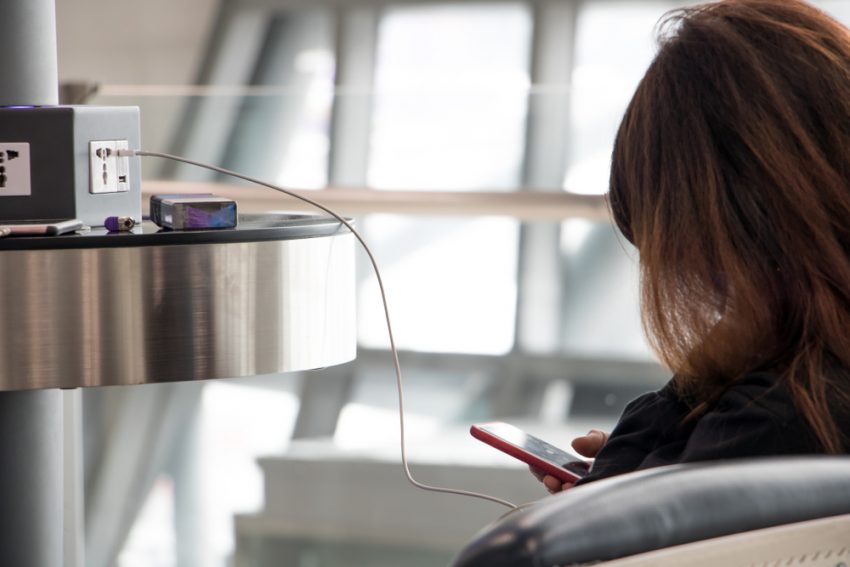In the fast-paced and ever-evolving landscape of today’s business world, staying ahead of the curve requires more than just a cutting-edge product or service. It demands a robust and secure IT infrastructure that can adapt to the dynamic nature of technology. This is where the need for managed services in organisations becomes not just an option, but a strategic imperative. Take a moment to explore the compelling reasons why making a transition to managed services might be the logical next move for your organisation.
- Focus on Core Competencies:
One of the primary reasons organizations opt for managed services is to free up their internal resources and allow their teams to concentrate on core business functions. When IT concerns are outsourced to professionals, the in-house team can redirect their time and efforts towards strategic initiatives that directly contribute to the organisation’s growth and innovation.
- Cost-Efficiency and Predictability:
Managed services offer a predictable and often more cost-effective model compared to maintaining an in-house IT department. The unpredictable nature of IT issues can lead to unforeseen costs, and managing these issues internally may require substantial investments in training, infrastructure, and manpower. Managed services provide a consistent, budget-friendly approach, with the ability to scale services based on the organisation’s needs.
- Enhanced Security and Compliance:
With cyber threats becoming increasingly sophisticated, ensuring the security of sensitive data is a top priority for organizations. Managed services often include robust cybersecurity measures, such as continuous monitoring, threat detection, and response capabilities. Moreover, these services help organisations stay compliant with industry regulations, reducing the risk of legal repercussions and financial penalties.
- Proactive Monitoring and Maintenance:
Prevention is better than cure, and this principle holds true in the realm of IT. Managed services employ proactive monitoring and maintenance, identifying potential issues before they escalate into major problems. This proactive approach not only minimizes downtime but also ensures that the organisation’s IT infrastructure is always operating at optimal levels.
- Scalability and Flexibility:
As organisations grow, so do their IT needs. Managed services provide the scalability and flexibility required to adapt to changing business requirements. Whether it’s expanding the user base, incorporating new technologies, or entering new markets, these services can seamlessly adjust to the organisation’s evolving demands without causing disruptions.
- 24/7 Support and Rapid Response:
In a world where business operations are no longer confined to traditional office hours, having 24/7 IT support is invaluable. Managed services offer around-the-clock monitoring and support, ensuring that any issues are addressed promptly. This rapid response not only minimises downtime but also contributes to maintaining a positive user experience for both employees and customers.
Conclusion
In conclusion, the need for managed services in organisations is no longer a matter of convenience but a critical strategic decision. By outsourcing IT management to experts, organisations can streamline their operations, enhance security, and position themselves for sustained success in an increasingly competitive business landscape. As technology continues to advance, embracing managed IT services is not just a smart choice; it’s an essential investment in the future of any organisation.
- To view our full suite of managed services, please visit: https://www.mjf.ie/our-solutions
- Follow us on LinkedIn: https://www.linkedin.com/company/mjfloodtech/posts/



